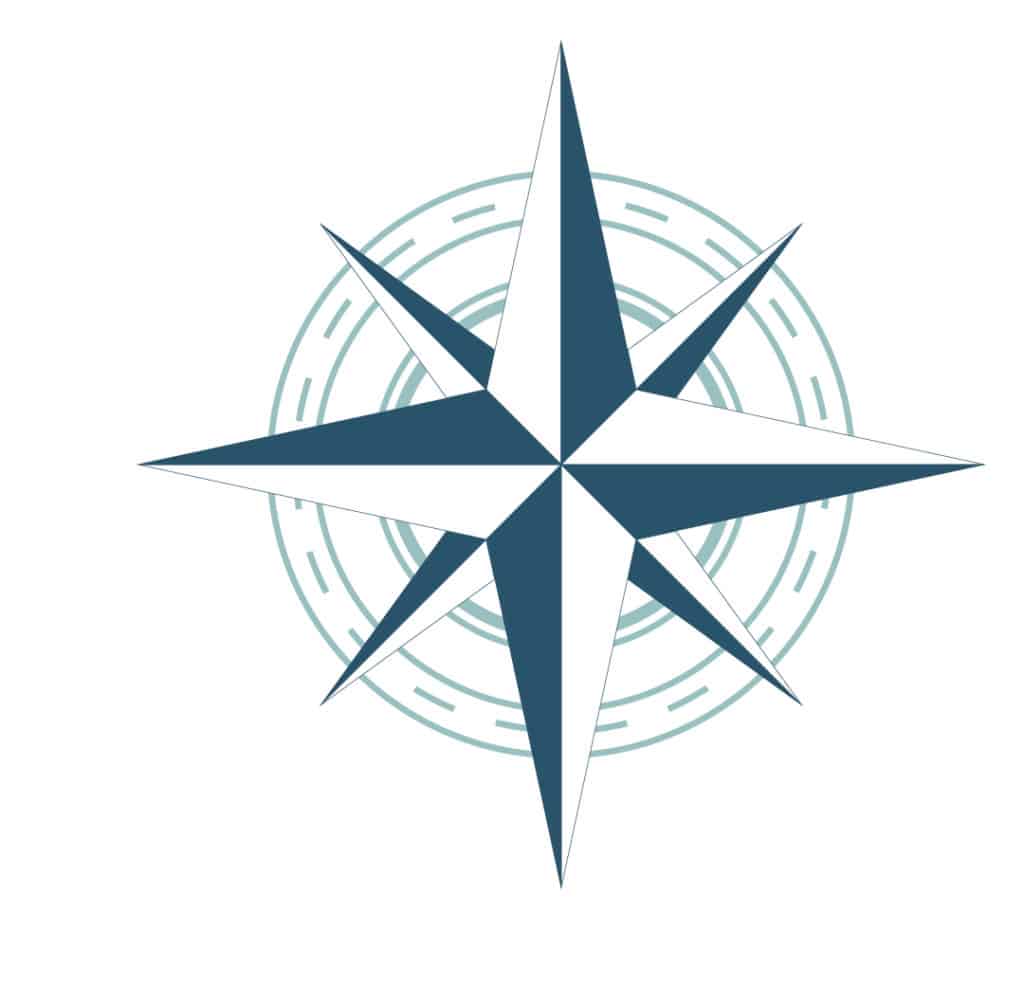UDL and Special Education
“UDL can’t only be implemented through the lens of special education; it has to be that high quality, Tier One first instruction that incorporates accessibility for all students based on their variability.”
Kevin Schaefer
Contrary to the beliefs of many educators, Universal Design for Learning (UDL) is not a “special ed thing.” However, UDL is a powerful mechanism for providing flexible, supportive learning environments that maintain high expectations for all students without the expectation that they will all learn and show learning in the same way.

UDL assumes human variability. The framework is built around educating the widest breadth of learners. This means students with disabilities are not marginalized or stigmatized if they need an alternative means for interacting with the instructional content. This means these students have access from the beginning to classrooms rich in realia, alternative communication methods, real-life and culturally relevant examples, and a classroom community that embraces diversity. These students actually can be celebrated for who they are and they contribute to the classroom community. Universally designed classrooms also provide special education teachers with a wide array of embedded instructional supports from which to create specially designed instructional experience and a common language when collaborating with general education partner teachers. It cannot be emphasized enough the importance of UDL for this population of learners.
In this engaging and informative conversation, three veteran educators – Heather Calomese from the California Department of Education, Kevin Schaefer from Supporting Inclusive Practices, and CCEE’s own Mindy Fattig.
Learn more about UDL and Special Education by watching the video below. To go deeper, check out the resources listed under “Ways to Learn More”.
UDL and Special Education
Heather Calomese, Director of Special Education at the CA Dept. of Education, and Kevin Schaefer, Director of Inclusive Practices at the Supporting Inclusive Practices Project, join Mindy Fattig, Senior Advisor at the CA Collaborative for Educational Excellence, to discuss Universal Design for Learning, Students with Disabilities, and the connections between the two. This video includes advice for teachers to begin classroom-level implementation of UDL and also for school and district leaders looking to implement and scale UDL in their local education agency.
